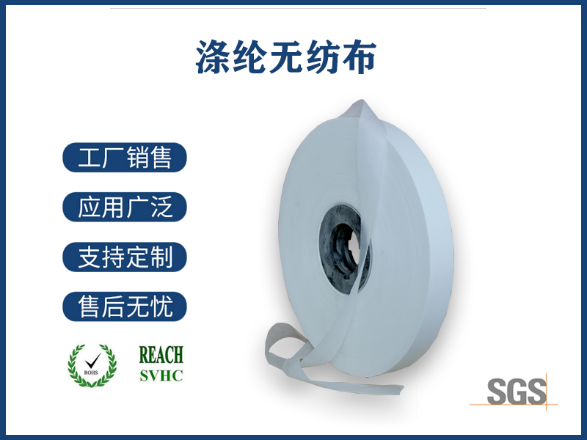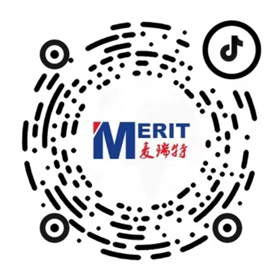
Title: Unveiling the World of Non-Woven Fabrics: The English Buzzword That’s Changing Industries In today’s ever-evolving world, the textile industry is continuously seeking innovative materials to meet the demands of modern consumers. One term that has been making waves across various sectors is “non-woven fabric.” As we delve into this versatile and sustainable material, let us uncover what it entails and how its English nomenclature signifies more than just a new buzz in the market. Understanding Non-Woven Fabrics Non-woven fabrics are a category of sheet or web structures bonded together by mechanical, thermal, chemical, or other means, without the use of a traditional weaving or knitting process. The phrase “non-woven” itself stands as a testament to this unique manufacturing technique, setting these fabrics apart from their woven counterparts. In English, the term ‘non-woven’ clearly communicates that these fabrics don’t involve yarns interlaced at right angles; rather, they are engineered mats made from fibers, often synthetic ones, which are pressed, glued, melted or otherwise entangled to create a cohesive fabric. A Surge in Popularity for Many Reasons The popularity of non-woven fabrics can be attributed to several key advantages they offer over traditional textiles. Firstly, they present a cost-effective solution for manufacturers due to their relatively simple production methods. Secondly, non-wovens provide excellent breathability and absorbency, making them perfect for medical applications such as masks, gowns, and wipes. Their durability, resilience, and ability to be easily customized with various treatments also make them a favorite in industries ranging from agriculture and automotive to construction and home furnishings. Environmental Impact and Sustainability In an era where environmental concerns are paramount, non-woven fabrics have emerged as an eco-friendly alternative. These fabrics contribute to reduced waste and energy consumption during production. They often incorporate recycled materials and are themselves recyclable, aligning with the global push towards sustainable practices. The word “non-woven” in this context not only reflects an innovation in fabric but also embodies a commitment to environmental stewardship. The Future of Non-Woven Fabrics As technology advances, so too does the potential of non-woven fabrics. Researchers and developers are constantly exploring new fiber combinations, bonding techniques, and finishing processes to enhance the properties of these versatile materials. From smart textiles integrated with advanced technologies to biodegradable fabrics designed for one-time use, the future holds endless possibilities. The ongoing evolution of non-woven fabrics promises to continue breaking traditional molds and redefining the standards for performance and sustainability in the textile industry. In conclusion, the term “non-woven fabric” represents much more than an English phrase; it symbolizes the ingenuity and adaptability of materials science in addressing contemporary challenges. Its rising prominence in various fields underscores the importance of understanding and leveraging non-traditional resources to foster progress and sustainability. As we continue to witness the growth of non-woven fabrics, it becomes clear that this innovation is not just a fleeting trend but a cornerstone of a more efficient, eco-conscious industrial landscape.




 客服QQ
客服QQ